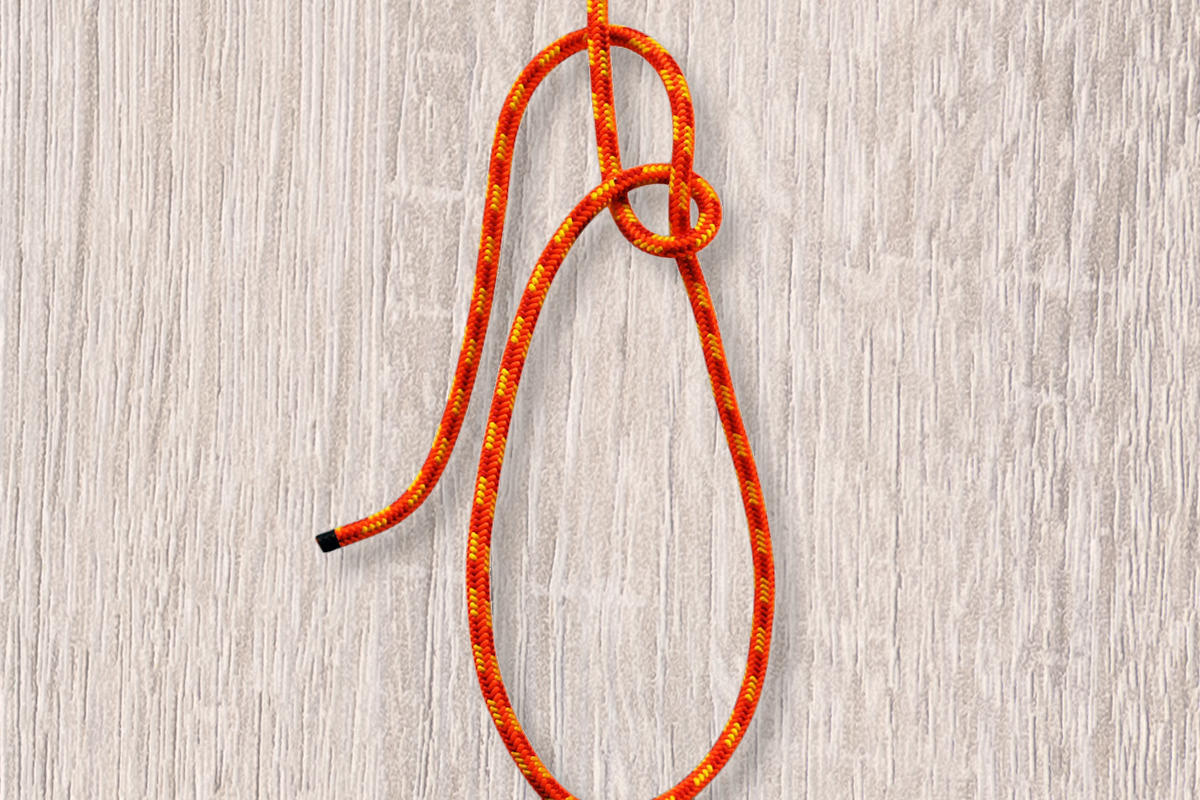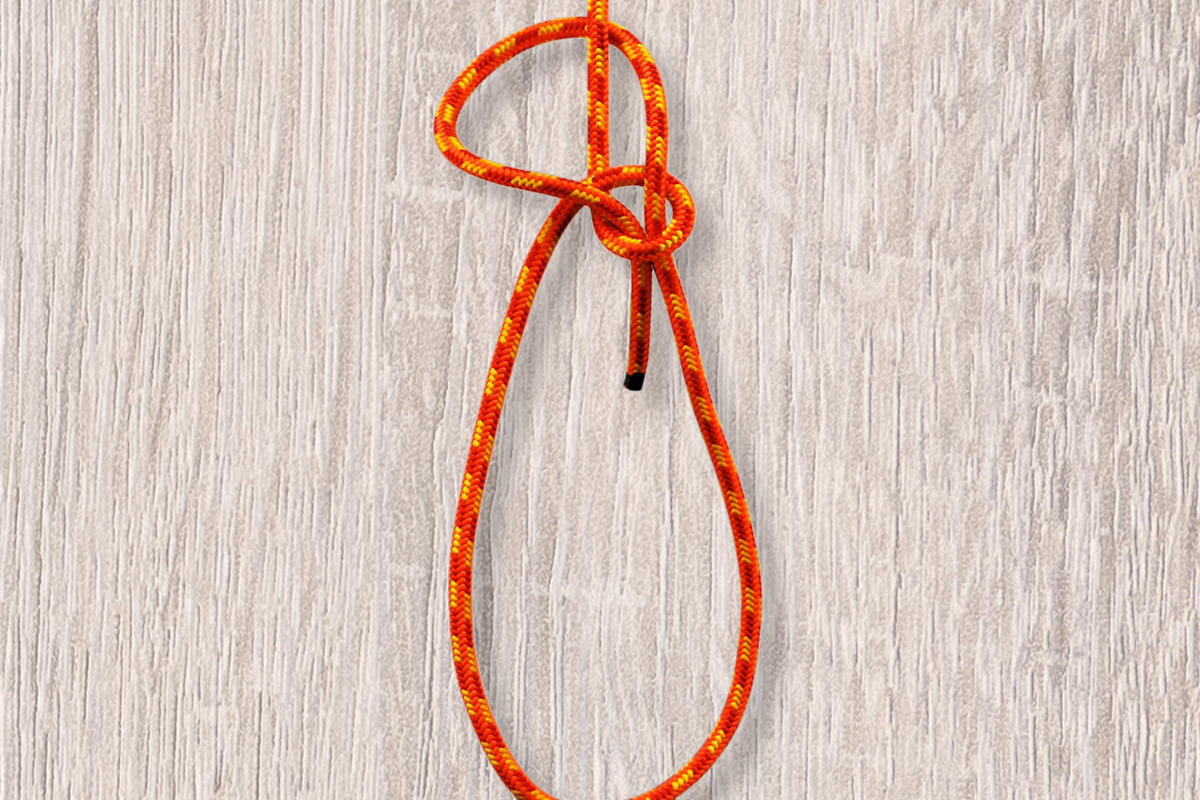




Bowline in Arboriculture
Uses: The bowline is one of the first knots most arborists will learn, often remembered by the rabbit and the hole analogy used to learn the tieing sequence. The Bowline is a common knot for use as a climbing line termination knot. Care must be taken to ensure it is tied correctly, in particular, leaving a long enough tail and backing up with a figure 8 stopper knot.
Although primarily used as a termination knot for climbing, it has a multitude of other uses including general rigging. One of its main strengths is that it unties easily after loading, which is particularly useful on pull lines where significant tension/force is often applied.
Pros and Cons: There have been suggestions that the Bowline can fail, this is possibly due to it being incorrectly tied however, or the climber clipping into the wrong loop. It is good practice when tying a Bowline to keep a finger in the loop which you will be attaching to your hardware.
As already mentioned, one of the strengths of a Bowline is its ability to untie even after heavy loads have been applied.
Top Tip: Everything has its limits though, so consider the stick trick if you think you are going to be putting some heavy-duty tension on your line. SImply find a suitable stick on-site and wedge it into the knot to prevent the fibers from cinching too tightly together. Once finished with your task, simply prise out the stick and your knot should untie with relative ease.
Alternative Knots:
Further reading you may find useful:
Join in the conversation below: Leave a comment
All Termination Knots from A-Z
Anchor Hitch
View Gallery
Bowline
View Gallery
Buntline
View Gallery
Double figure 8
View Gallery
Figure 8
View Gallery
Fishermans single
View Gallery
Lingens Knot
View Gallery
Overhand loop
View Gallery
Tarbuck hitch
View Gallery
Water Bowline
View Gallery

























Recommended Comments
Create an account or sign in to comment
You need to be a member in order to leave a comment
Create an account
Sign up for a new account in our community. It's easy!
Register a new accountSign in
Already have an account? Sign in here.
Sign In Now